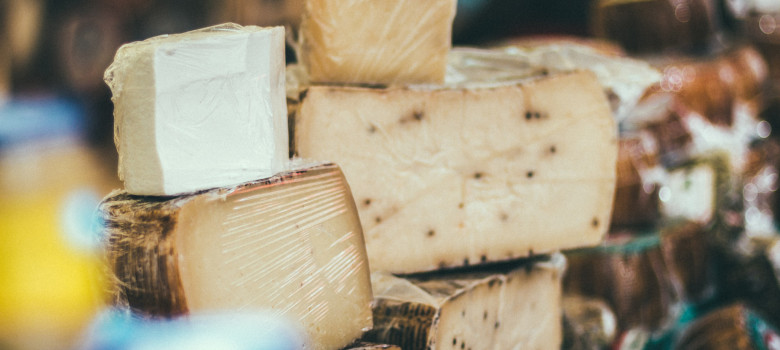
Lake District Creamery, which makes cheddar, is putting its tonnes of waste to a good use: turning it into electricity with an on-site anaerobic digestion plant. This plant in rural Cumbria could pave the way for a revolution in renewable energy. It really depends on how much cheese we can consume!
How does the process work?
- Whey residues left over from the cheese making process are mixed with water and pumped into the AD plant from the creamery.
- Bacteria is then added which feeds on fats and sugars for 50 days. This produces ‘biogas’, a mixture of methane and other gases.
- Biogas is stored in the gas dome where it is fed into a unit that removes carbon dioxide from the gas, to turn it into biomethane. This cuts the company’s costs for both waste disposal and energy.
Where will the power go?
The plant will produce 1,00 cubic metres of biogas per hour, which will be fed into the grid. Some will be used in the cheese production process and the rest will power 1,600 homes.
It’s not the first plant of this kind; a power plant generating energy from cheese waste opened in the French Alps last year. Turning food waste into electricity via anaerobic digestion is an idea that has been around for a few years. Hopefully this new take can be viably rolled out on a bigger scale.
What does it mean for the future of renewable energy?
This is groundbreaking stuff; energy from a free source which will probably always be around and has no other function. There seems to be no downside – no nasty by-products, no danger to health, no exploitation of the environment. These plants are an exciting development and could well have a bright future in the renewable energy sector. They also open the door for other new technologies by begging the question of what else could be recycled in this way. Could this be the future for renewable energy generation?
Think we missed something? Do you have a different opinion?
Comment below to get your voice heard…











No Comments yet! Be the first one.